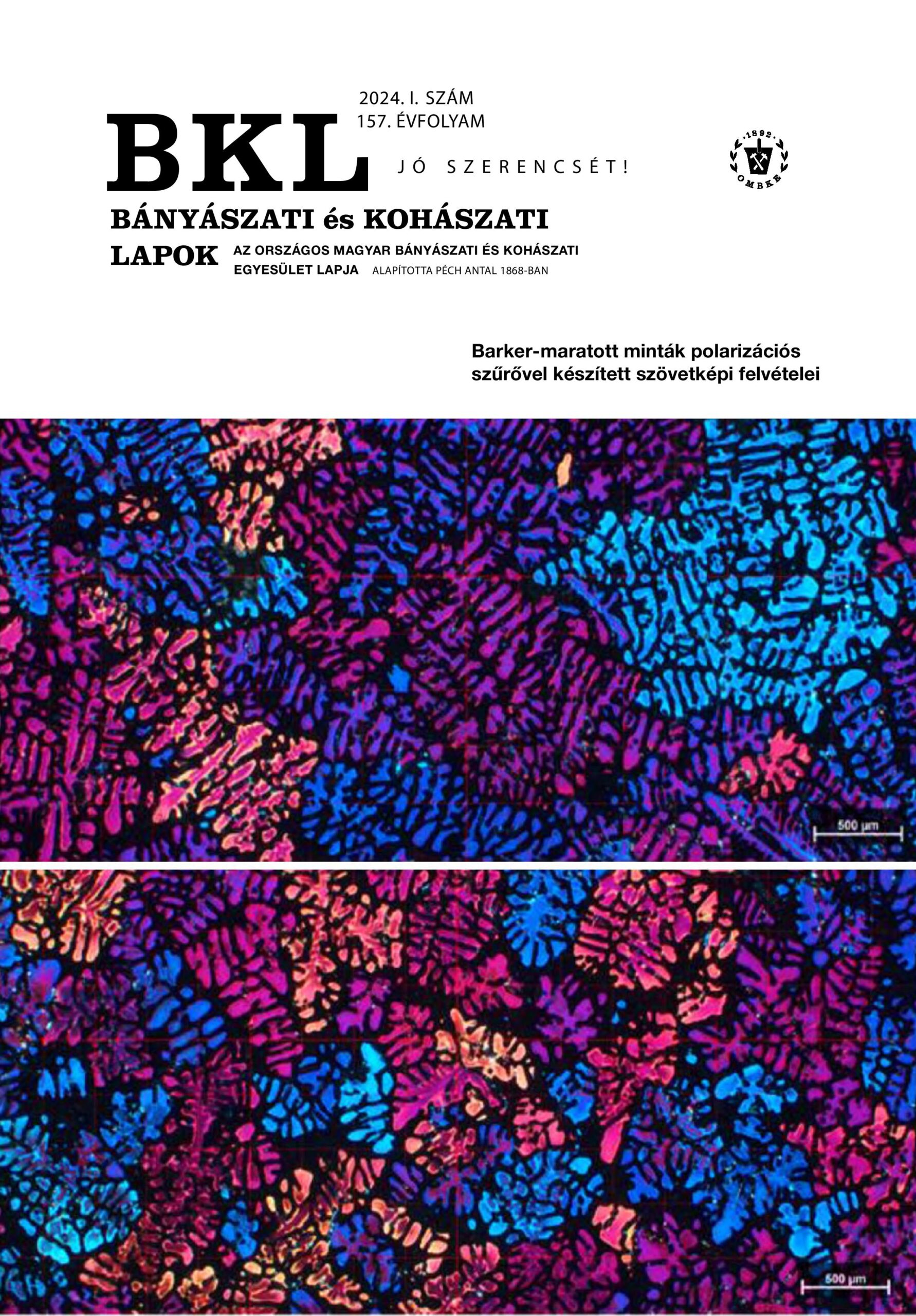Metallurgical aspects of the iron bloom formation – experiments in side-blast forge
Abstract
In this paper, a model experiment is presented, in which iron bloom is extraced from small iron nails charged into a side-blast charcoal fueled forge (copy of medieval forges). On the basis of the observations and material analyses of samples taken during the experiments, conclusions are drawn regarding the metallurgical aspects of the iron bloom formation during the medieval iron smelting.
References
Pleiner R. (2006): Iron in Archaeology - Early European Blacksmiths. Praha, AU AVČR
Gömöri J. (2000): Az Avar kori és Árpád-kori vaskohászat régészeti emlékei Pannóniában. Kiadja a Soproni Múzeum Régészeti Gyűjteménye és az MTA VEAB Iparrégészeti és Archeometriai Munkabizottsága, Sopron.
Török B., Barkóczy P., Kovács Á., Költő L., Fehér A., Szőke B. M. (2018): Pannóniai kora középkori ékelt vasbucák összehasonlító archeometriai vizsgálata. BKL - Kohászat, 151(3), 1-3.
Thiele Á., Török B. (2022): A possible medieval recycling technique - smelting iron using hammerscale. In: IOP Conference Series: Materials Science and Engineering, Vol. 1246, 012008. https://doi.org/10.1088/1757-899X/1246/1/012008
Thiele Á., Hári L., Magyari D. (2020): Az acél kovácstűzbeli elégésének metallurgiai háttere - damaszkolt anyagokon kialakuló felületi hibák magyarázata. Bányászati és Kohászati Lapok - Kohászat, 153(5), 4-9.
Óvári A. (1985): Vaskohászati kézikönyv. Műszaki Könyvkiadó, Budapest, p. 83



